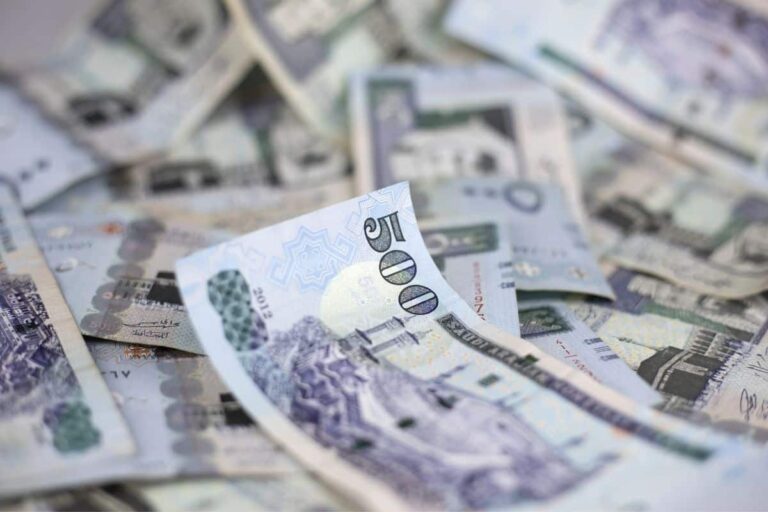Saudi Arabia’s Ministry of Finance has issued the Pre-Budget Statement for fiscal year 2026, estimating total expenditure at about SR1.313tn ($350bn) and total revenue at SR1.147tn ($305bn), resulting in a budget deficit of 3.3 per cent of GDP.
The government confirmed it will maintain expansionary fiscal policies aimed at national priorities with social and economic impact, in line with Saudi Vision 2030.
These policies are designed to support economic diversification, long-term growth, and sustainability while responding flexibly to global and domestic challenges.
Saudi 2026 budget forecast
Since the launch of Vision 2030, the Saudi economy has undergone structural reforms that have improved the business environment, strengthened the private sector, and advanced Sustainable Development Goals.
Preliminary forecasts for 2026 project real GDP growth of 4.6 per cent, driven by non-oil activities, which are expected to continue expanding.
The Ministry projects revenues to rise from SR1.147tn ($305bn) in 2026 to SR1.294tn ($344bn) in 2028, while expenditure will increase from SR1.313tn ($350bn) in 2026 to SR1.419tn ($377bn) in 2028.
The acceleration of national programmes and projects has delivered tangible gains and given the government financial flexibility to adopt counter-cyclical policies.
The statement also projects that deficits will persist in the medium term but at lower levels than in 2026, reflecting the government’s commitment to expansionary and transformative spending while preserving fiscal sustainability.
For 2025, real GDP is expected to grow by 4.4 per cent, supported by a 5 per cent increase in non-oil activities. Rising domestic demand and improved employment have helped reduce Saudi unemployment to a record 6.8 per cent in the second quarter of 2025.
To finance the budget, the government plans to continue using local and international funding channels, including bonds, sukuk, and loans, while also expanding alternative funding such as project finance, infrastructure financing, and export credit agencies.
Minister of Finance Mohammed Aljadaan said the 2026 budget aims to consolidate the strength of the Kingdom’s financial position while supporting economic growth.
He stressed that Saudi Arabia’s public debt-to-GDP ratio remains low and within safe limits, supported by strong financial reserves. This gives fiscal policy the flexibility to respond to shocks or crises.
Aljadaan said: “In light of the continued global uncertainty during 2026 and over the medium term, as a result of the possibility of continued geopolitical tensions and increasing preventive policies, the government continues to monitor and analyse these risks, as a key element in enhancing the efficiency of financial planning, and proactively guide policies to address potential global economic challenges and reduce their negative impacts”.
He added that the government will continue development projects and national strategies with targeted spending to deliver economic and social returns while motivating private sector participation.
The Pre-Budget Statement, issued for the eighth consecutive year, is part of the Kingdom’s commitment to transparency and fiscal disclosure. It reflects the government’s efforts to implement reforms that have strengthened Saudi Arabia’s fiscal position amid global economic uncertainty.

